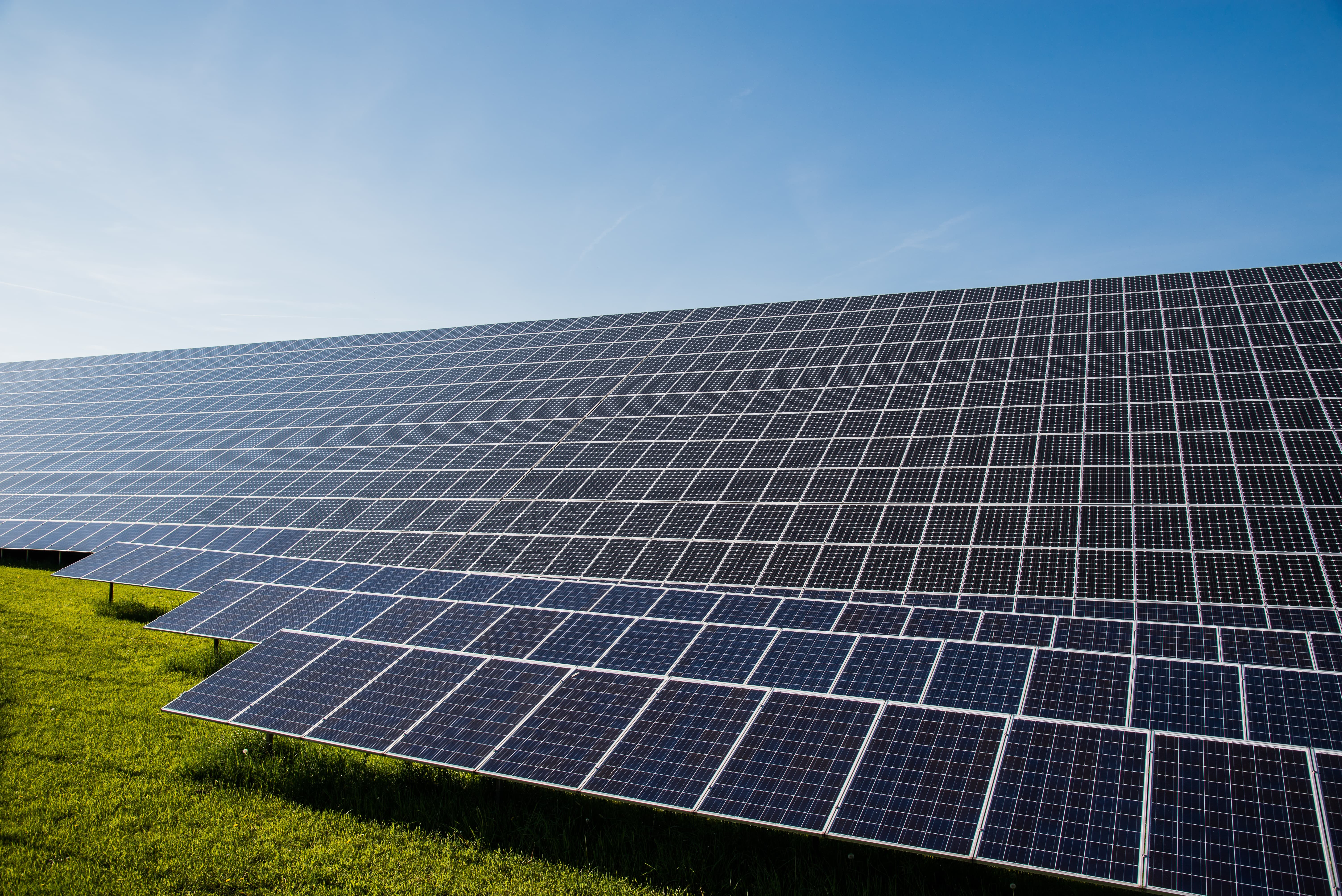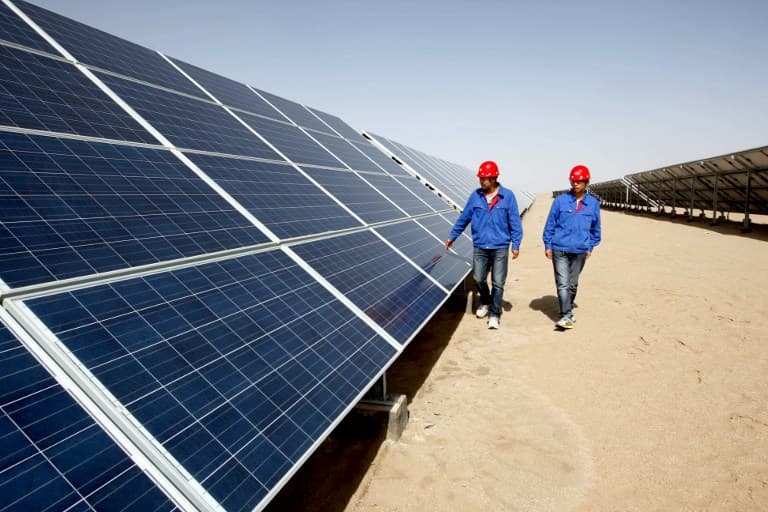
China has opened the world’s second largest solar plant
CHINA has moved a step closer to achieving complete carbon neutrality with the opening of the world’s second largest solar power plant in Qinghai, Tibet.
The facility cost USD $2.2BN to build and includes an energy storage system of 202.9 megawatts.
A further USD $3.2BN has been spent on an ultra-high-voltage line that will transmit the power generated from the plant across the country - the first such line to deliver 100% renewable energy over vast distances.

Above: Workers walk past solar panels at the Qinghai power plant (image courtesy of ImagineChina).
In September, President Xi Jinping announced to the world that China would aim to reach peak emissions before 2030, and carbon neutrality by 2060.
China emits 28 percent of the world's carbon dioxide, making it the largest polluter.
The announcement was celebrated as a major milestone in the fight against climate change.
China’s emissions actually fell by 25 percent this year because of the COVID-19 pandemic. By June, however, when the country emerged from lockdown, they were back to normal levels.

Above: China will need to construct more solar plants like this to meet its 2060 goals (image courtesy of Gilles Mingasson).
It's estimated that in order for China to reach its goals it will need to install 1.9TW of solar generation capacity by 2050, the Qinghai solar plant goes a long way towards achieving this.
It isn’t just plants China will need to construct, but suitable grid connections and ways for the electricity generated to reach the most populous areas of the country.
As such, China has emphasised infrastructure, ultra-high-voltage lines and the wider national super grid in combination with the new plant.
The facility built at Qinghai will be just the first of many large-scale renewable energy plants constructed in the country over the coming decades.








